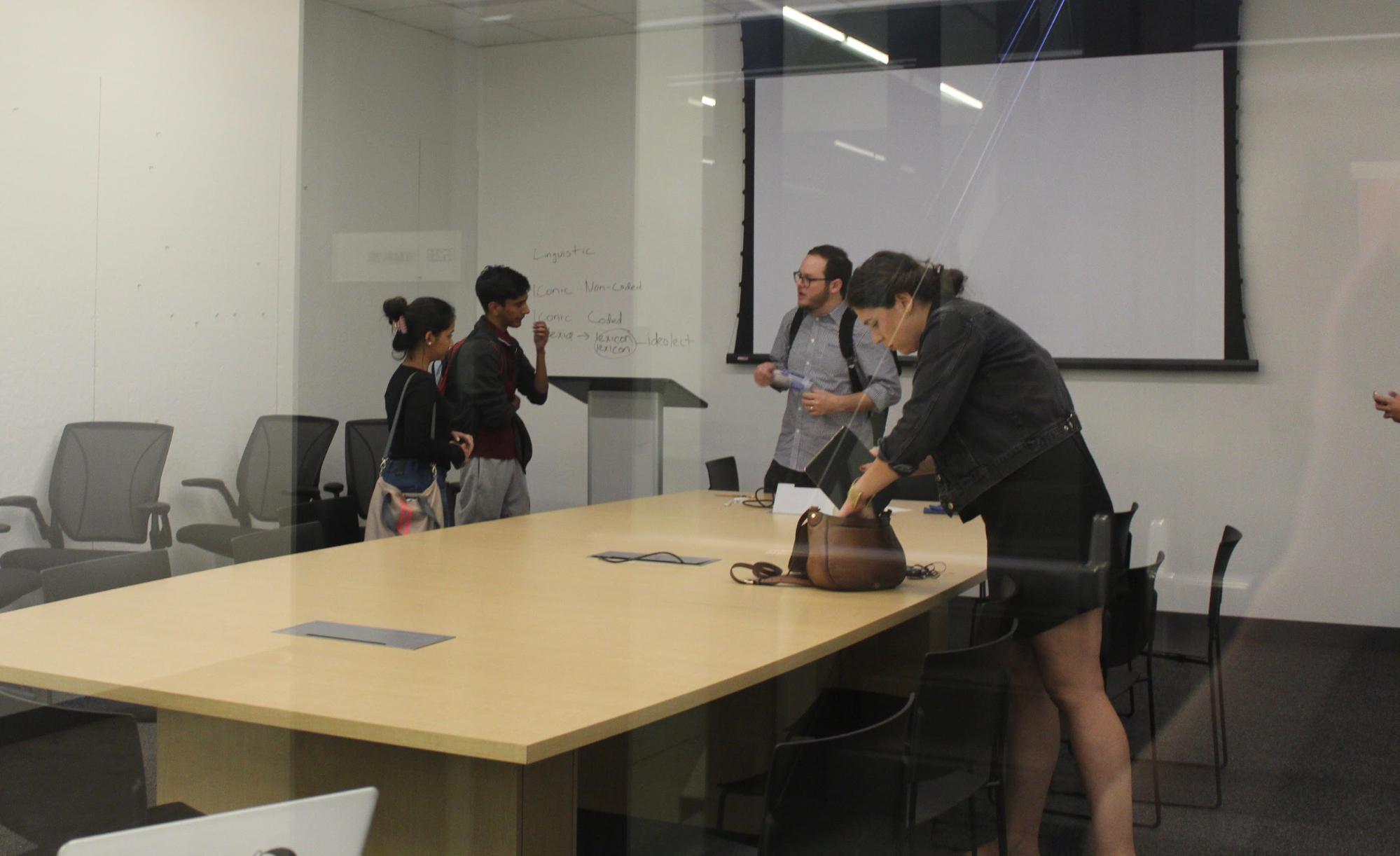In ARTHIST 158S: “From Iconography to Instagram,” students learn how art and history have progressed together, as well as how to analyze and interpret an image.
Taught by Michael Metzger, a Ph.D. candidate in Art and Art History, the class explores various icons and art movements from the 16th century to the present day, with a strong emphasis on student involvement. Students choose their own presentations from a set of topics, pose questions about a particular piece or concept and give their own interpretations of icons during class discussions.
“I think it’s really easy to research what other people have said about a picture, and look at sort of the established interpretation of what it means and what different symbols in the picture mean,” said Simone Jacobs M.A. ’17. “It’s another to come up with your own interpretations and to say them with confidence.”
As many of the students in the class are newcomers to art history —Jacobs, like many of her peers, wrote her first ever art history paper as part of the course — Metzger decided to make the class more interactive with discussions and presentations to get students more comfortable with the material.
“Part of the class is analyzing images — thinking through how [images] communicate on a number of different registers,” Metzger said. “And I find that it’s the best way to get students comfortable with their practice … encourage them to speak up, talk about what they see and to … feel like their insights are relevant to the discussion.”
A recent class focused on advertising began with a shuffling of papers and sending of Google Docs as students turned in their first paper in the course focused on analyzing an image.
Later in the class, students analyzed an advertisement for pasta with guiding questions from Metzger. They pointed out how certain aspects of the image, such as a loose-knit vegetable bag holding the packaged pasta, created the illusion that the pasta was fresh — as though it could have come from a local market. Students thought that the red, green and white color scheme of the entire ad evoked the Italian flag, suggesting authenticity through connection to a country associated with the food.

Metzger constantly reminds students to examine all images — from 16th century art to pasta ads — from a new perspective. He believes that a change in focus can reveal something new about every image.
“In addition to having this function of creating, organizing and communicating knowledge, images also function in an aesthetic way … that we can’t fully account for with our critical language, or even a historical language or a language of utility,” Metzger said.
As the class progressed, so did the topics of discussion. A conversation about magical thinking sparked by a video of two men analyzing the elements of a newspaper quickly turned into a debate about rational versus emotional connections and the meaning of materialism.
Challenging students to connect their classroom discussion to the wider world, Metzger asked the class to consider whether society is truly materialistic. If we buy things for an emotional reason, he said, are we really connected to the material object, or are we connected to the feeling it evokes?
The question was never fully answered. But discussions like these propel the class forward, keeping students thinking about the images they encounter.
Later, as Metzger went up the the board to write down terms dealing with the different levels of messages in the image, he joked that some are “linguini-istic” — a play on “linguistic” — then apologized for the pun, saying, “I thought we were pasta-all that.” Each joke drew laughter from the students. Metzger’s approachability enriches the course, said summer session student Rudra Grover, a rising senior at Delhi University.
“We can speak to the professor, and there’s … personal involvement, so we [as students] can go back to him with what we find interesting,” Grover said.

This approachability is an important part of the class according to Metzger, since he wants students to be comfortable bringing ideas to him. That way, he can connect the curriculum back to their interests.
“It’s really important to me ultimately to have this class represent a lot of different ideas,” Metzger said. “I want it to be a way for students to engage with what interests them, and that may be a particular method of approaching images — it may be a particular historical moment or technology — and there’s no one voice that I think can encompass all of that.”
